Out Of All 63 US National Parks I’ve Visited, These 10 Are Worth Repeating — And 2 I’m Done With
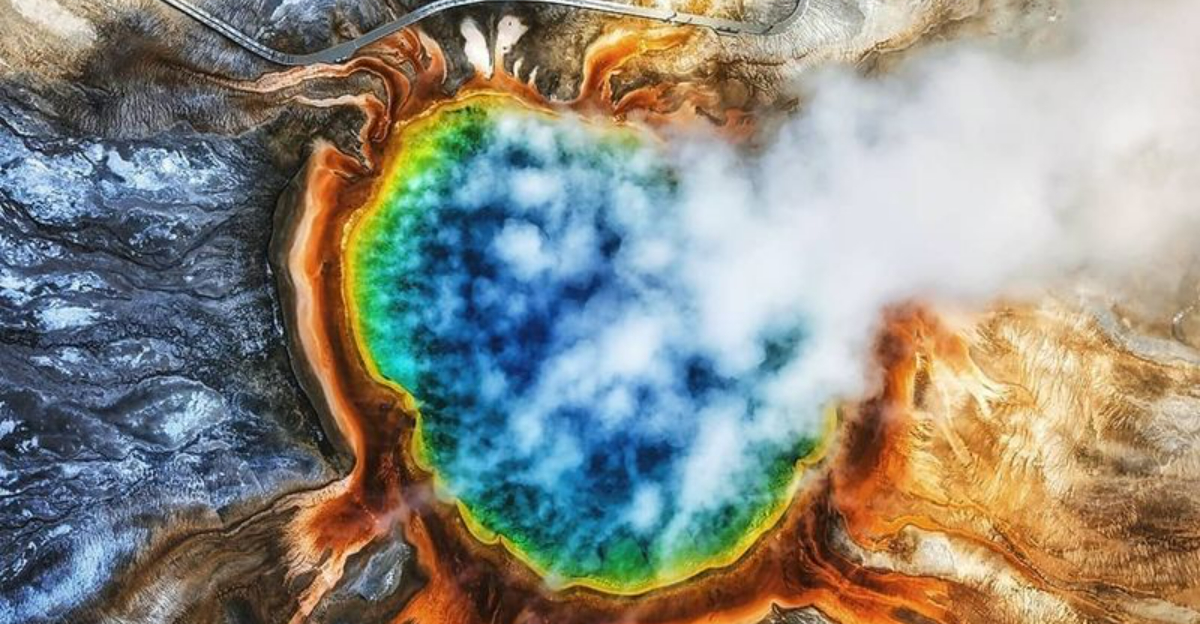
After spending fifteen years exploring every single US national park, I’ve developed some strong opinions about which ones deserve multiple visits. Some parks left me speechless with their beauty and adventure opportunities, while others honestly didn’t live up to the hype.
Here’s my personal rundown of the ten national parks I can’t wait to revisit and the two I’ve crossed permanently off my list.
1. Zion’s Slot Canyons Call Me Back Yearly
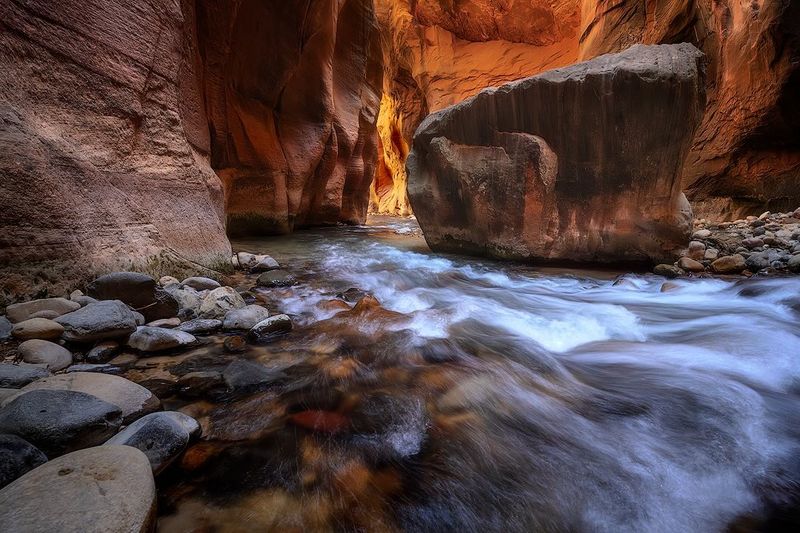
Walking through the Narrows with thousand-foot walls towering overhead while wading through the Virgin River remains my most spiritual outdoor experience. The play of light on red sandstone creates a natural cathedral that photographs can’t truly capture.
During my last visit, I hiked Angels Landing at sunrise, avoiding crowds while watching the canyon floor gradually illuminate. The park’s shuttle system makes exploration easy despite its popularity, and hidden gems like Kolob Canyons offer quieter alternatives to the main canyon.
2. Olympic’s Three-Parks-In-One Experience Demands Return Trips
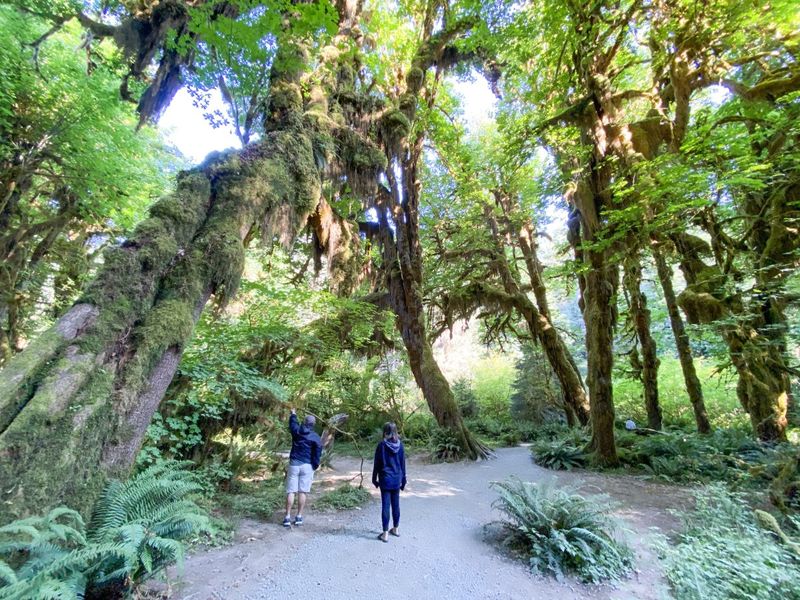
Where else can you hike through temperate rainforest, climb alpine peaks, and stroll along wild beaches all in one day? Olympic’s diversity astounds me every time I visit. The Hoh Rainforest’s moss-draped maples and spruce trees create an emerald wonderland straight from fantasy novels.
Hurricane Ridge offers panoramic mountain views with minimal effort, perfect for sunset picnics. My favorite memories involve tidepooling along the rugged coastline, discovering vibrant sea stars and anemones in crystal-clear pools while waves crash nearby on sea stacks.
3. Grand Teton’s Jagged Skyline Never Disappoints
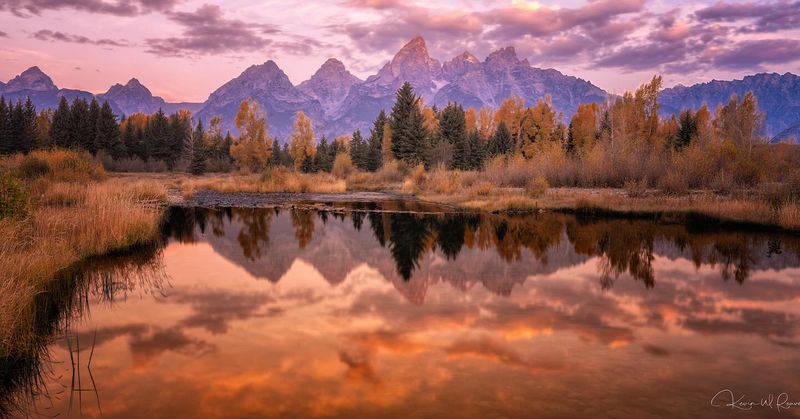
Few mountain ranges rise as dramatically as the Tetons – shooting straight up from the valley floor without foothills, creating one of America’s most recognizable landscapes. Morning reflections in String Lake offer perfect photography opportunities before crowds arrive.
During my September visit, elk bugled across sagebrush meadows while aspen groves turned brilliant gold. The park’s proximity to Yellowstone makes it easy to combine both, but Grand Teton deserves its own dedicated trip. Floating the Snake River provides a unique perspective of the range impossible to experience any other way.
4. Glacier’s Disappearing Ice Fields Create Urgency
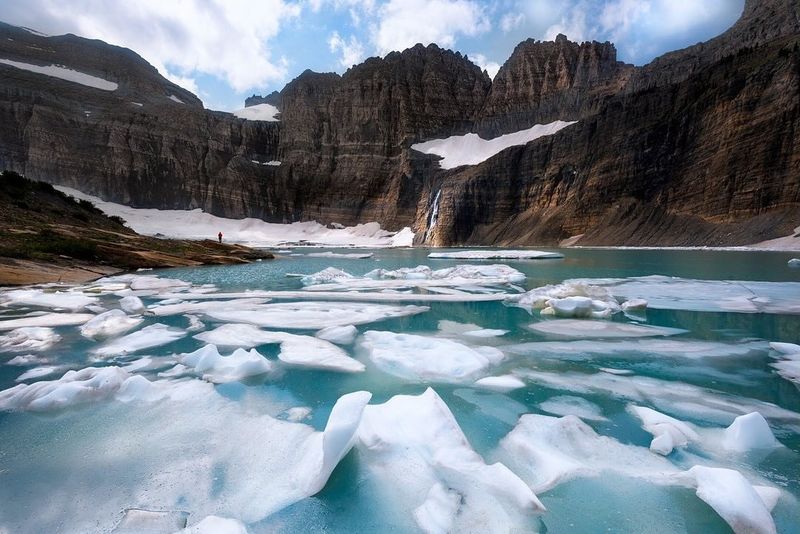
Climate change gives every Glacier visit a bittersweet feeling – I’m witnessing a vanishing landscape. The park’s namesake features are predicted to disappear completely by 2030, making repeat visits increasingly precious.
Driving the Going-to-the-Sun Road delivers alpine views that rival Switzerland, but the real magic happens on trails. Hiking to Grinnell Glacier let me touch ancient ice and witness firsthand how quickly it’s retreating. The park’s remote location in northern Montana keeps crowds manageable even in summer, especially on longer trails.
5. Yosemite Valley’s Grandeur Requires Multiple Seasons

My first Yosemite visit happened during peak spring runoff when waterfalls thundered at maximum volume. Returning in autumn revealed a completely different park – quieter falls but golden light on El Capitan and fewer crowds on trails.
Winter transforms the valley into a peaceful snow globe with Half Dome reflected in the Merced River. Though summer brings crowds, sunset at Glacier Point watching alpenglow on Half Dome justifies braving them. Each season offers a completely different experience, making Yosemite essentially four parks in one.
6. Yellowstone’s Geothermal Wonderland Never Gets Old
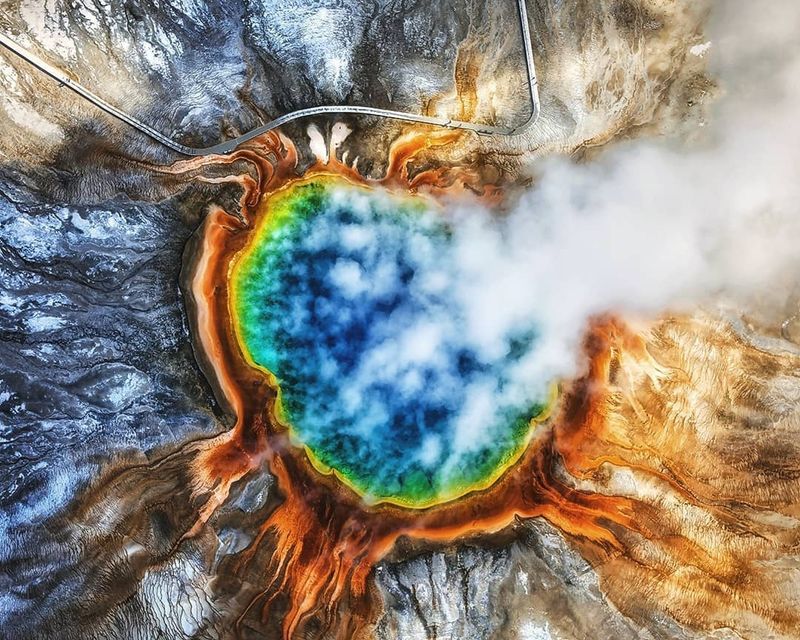
My first visit to Yellowstone changed how I see nature forever. The bubbling mud pots, vibrant bacterial mats, and Old Faithful’s reliable eruptions create an alien landscape unlike anywhere else on Earth.
Wildlife encounters happen around every corner – I’ve watched wolf packs hunt at dawn in Lamar Valley and seen grizzlies digging for roots on distant hillsides. The park’s vastness means even on busy summer days, solitude awaits just a short hike from the road.
7. Bryce Canyon’s Otherworldly Hoodoos Change With Every Visit
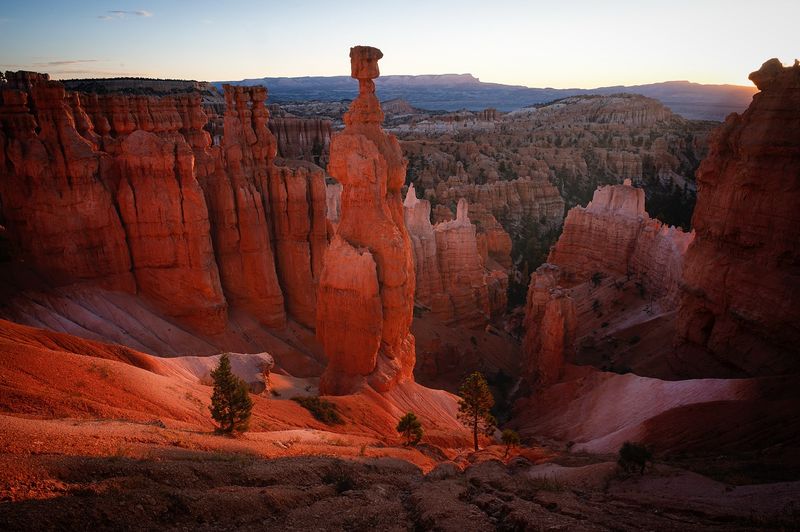
Hiking among Bryce’s flame-colored spires feels like exploring another planet. The park’s relatively small size misleads many visitors into short stays, but I’ve spent cumulative weeks discovering its secrets and never tire of the landscape.
Weather constantly reshapes the delicate formations – what stood during my first visit might collapse before my next. Snowfall transforms the orange hoodoos with white caps, creating my favorite winter photography destination. The park’s high elevation means cool summer temperatures when nearby parks swelter, and night skies here rank among America’s darkest.
8. Grand Canyon’s Vastness Rewards Deeper Exploration
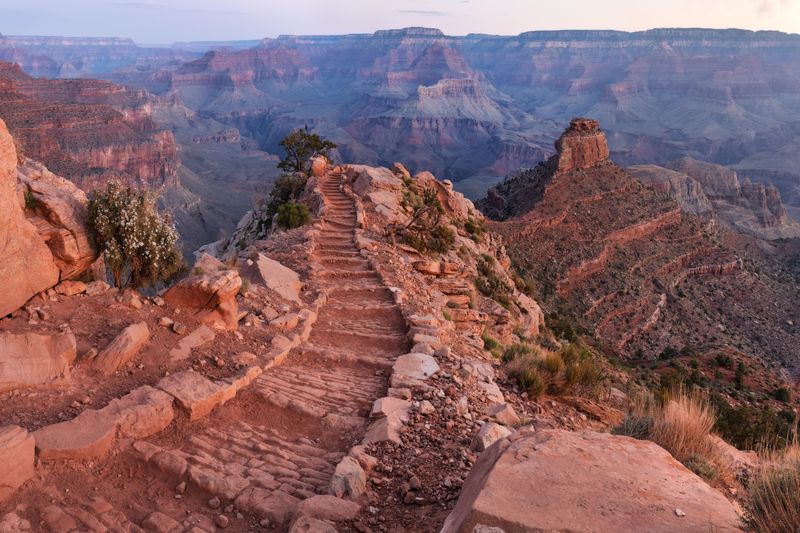
Most visitors spend just two hours at Grand Canyon overlooks, missing the park’s true magic. My rim-to-river-to-rim hike revealed how the canyon changes with every thousand feet of elevation – from pine forests to desert scrub to the Colorado’s emerald waters.
Watching sunrise from Desert View Tower, I saw colors shift across billions of years of exposed geology. The North Rim’s relative isolation (receiving just 10% of visitors) offers solitude among alpine meadows and aspen groves. Each viewpoint presents an entirely different perspective, making the Grand Canyon impossible to fully appreciate in a single visit.
9. Acadia’s Rugged Coastline Captivates In Any Weather
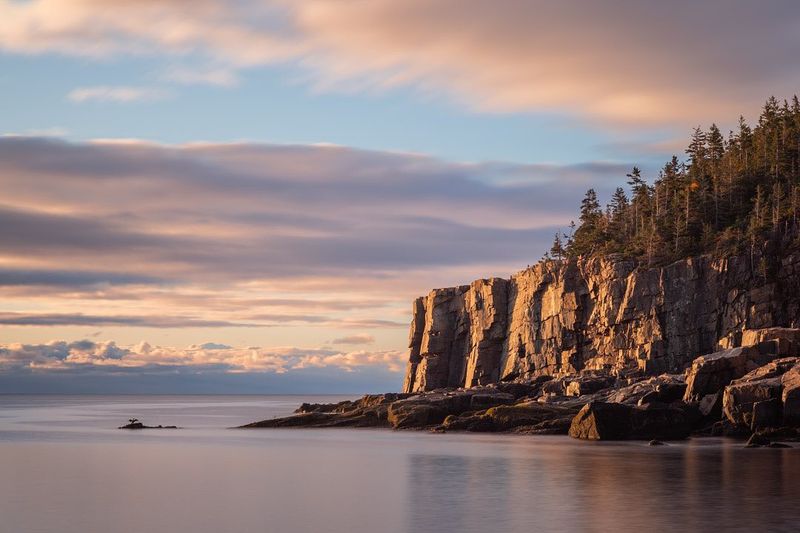
Morning fog rolling across Acadia’s granite peaks creates photography opportunities that change hourly. I’ve watched sunrise from Cadillac Mountain four times, each completely different as Atlantic light played across Mount Desert Island’s varied landscapes.
The park’s carriage roads offer vehicle-free cycling through forests and alongside lakes. Visiting during fall foliage season rewards with vibrant maples contrasting against blue ocean waters. My favorite memory remains watching waves crash against Otter Cliffs during a nor’easter – the raw power of nature on full display in this accessible yet wild park.
10. Redwood’s Ancient Giants Provide Perspective With Each Visit
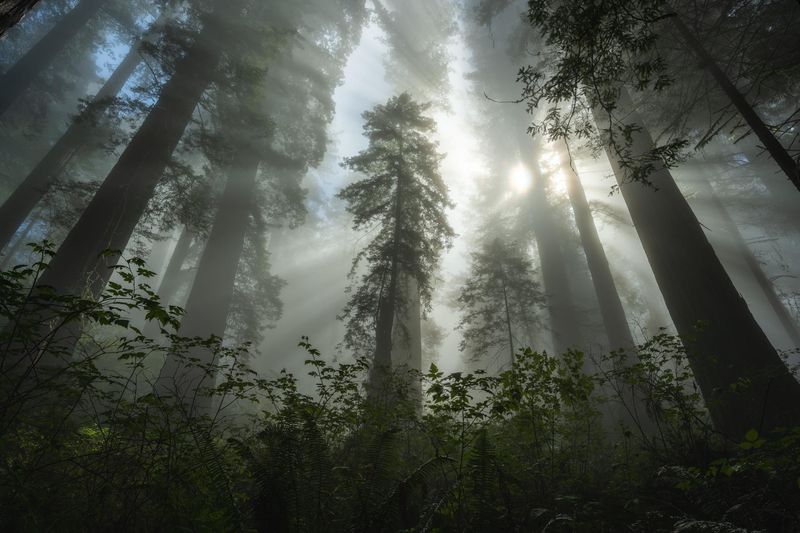
Standing among trees older than Christianity never loses its humbling effect. Redwood’s misty groves create perfect light shafts through the canopy, especially during morning fog that nourishes these giants.
Beyond the famous trees, the park protects pristine coastline where Roosevelt elk graze in seaside meadows. During my third visit, I discovered Fern Canyon – a narrow ravine with walls completely covered in seven types of ferns, creating a prehistoric setting used in Jurassic Park filming.
The relative lack of crowds compared to other California parks makes repeat visits especially rewarding.
11. Hot Springs National Park Feels More Like A City Park
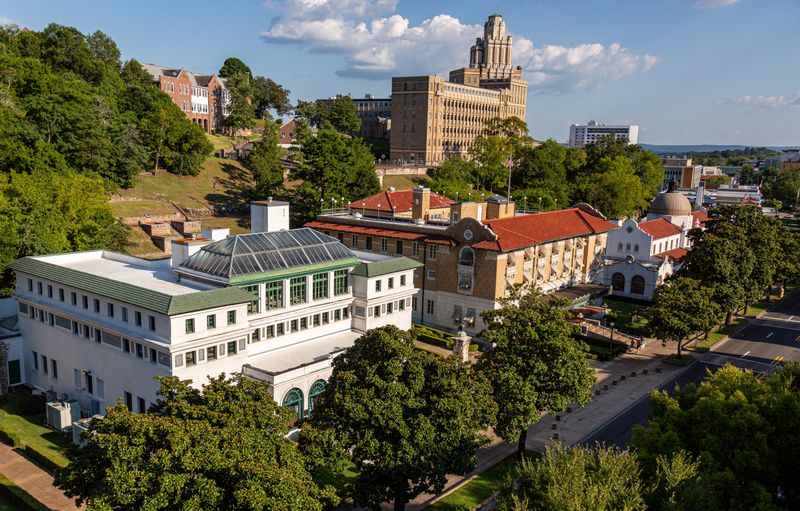
Despite its national park status, Hot Springs lacks the wow factor I’ve found elsewhere. The historic bathhouses along Bathhouse Row represent interesting architecture, but the “natural” hot springs are all captured in pipes and plumbing systems.
My expectations for wilderness experiences weren’t met with the park’s urban setting in downtown Hot Springs, Arkansas. The surrounding forest offers pleasant hiking but nothing unique compared to other eastern woodlands. While I appreciate the preservation of America’s first federal reservation, one visit satisfied my curiosity completely.
12. Gateway Arch Shouldn’t Have National Park Status
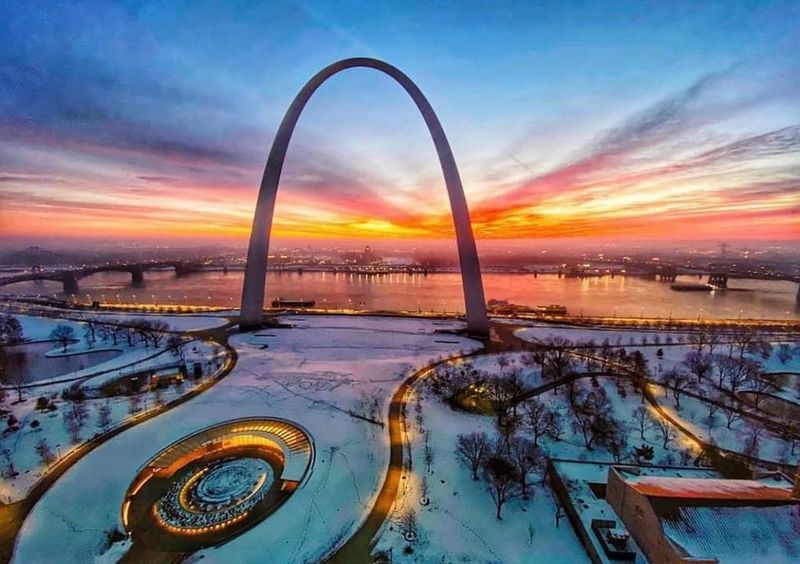
My disappointment with Gateway Arch stems from its questionable designation as a national park rather than remaining a national memorial. The arch itself impresses as an engineering feat, but the surrounding grounds feel more like a city park than a true national park.
The museum beneath the arch covers important westward expansion history, though it could better address impacts on indigenous peoples. After riding the tram to the top and spending an hour in the museum, I’d experienced everything the park offers.
While worth seeing once, Gateway Arch exemplifies “designation inflation” rather than protecting unique natural landscapes.
